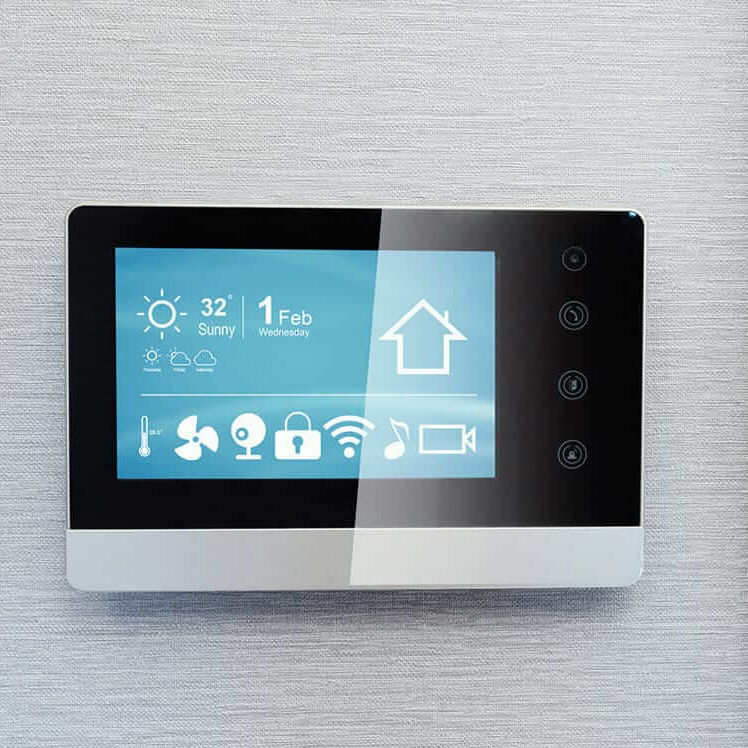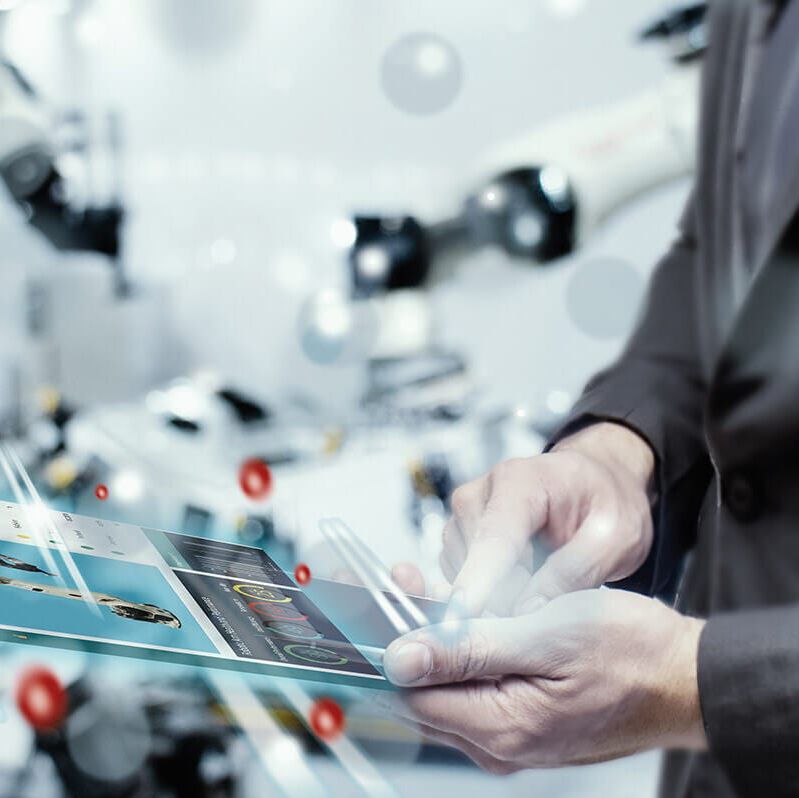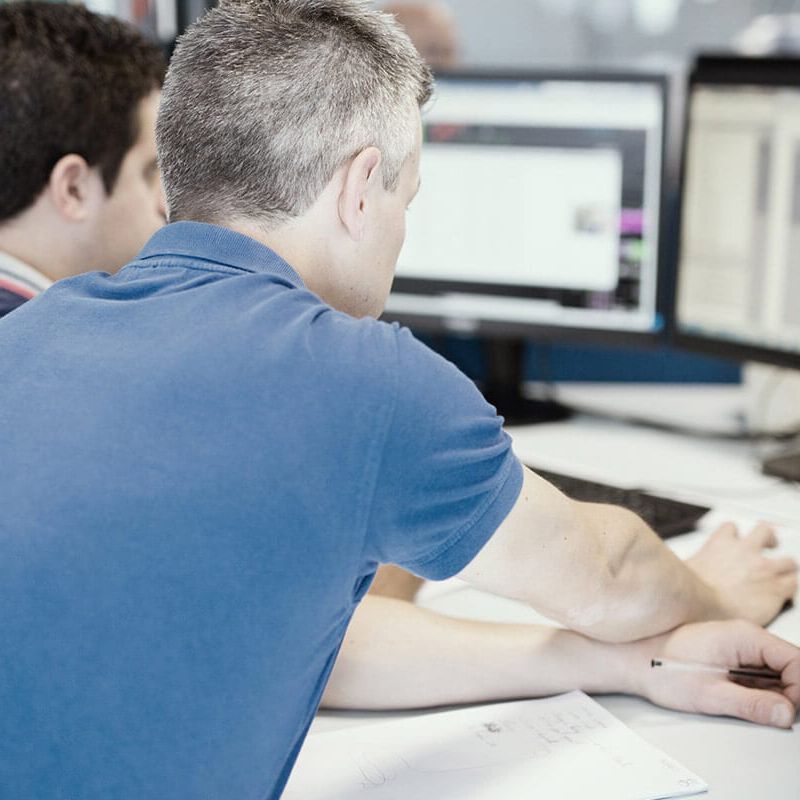- Determination of communication requirements and paths
- Data exchange from and to systems / users
- Encodings
- Remote maintenance
- Capture network structure and segmentation requirements
- Recording of safety-relevant hazards - Risk assessment of the actual situation (values/data requiring protection)
- Creation of a catalogue of measures
- General IT Basic Protection (BSI)
- Rights and roles concept
- Special measures in the production environment (VDI VDE 2182 Information security in industrial automation)
- Availability requirements
- Definition, prioritisation and implementation of the catalogue of measures
- Creating a security policy
- Definition of a security policy for suppliers and subcontractors
- Communication channels
- Conformity testing of the supply components
- Establish Security Monitoring / Control Center (SIEM-System - Security Information and Event Monitoring)
- Planning and implementation of a backup strategy/system
- Appointment of a Security Manager
- Training
- Documentation
- Security Concept / Policy
- Safety-relevant organizational and technical processes
- Machine inventory with current patch and version statuses







![[Translate to English:] ROI Case Studie - Digital Twin](/fileadmin/_processed_/6/1/csm_roi-casestudy-digital-twin_3c8c268a58.jpg)

